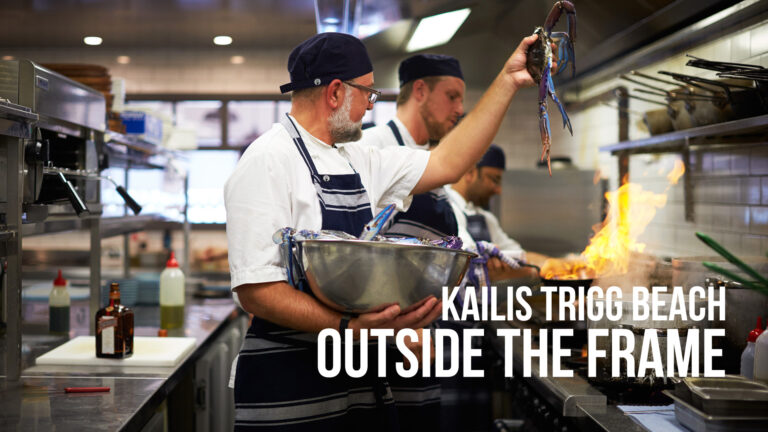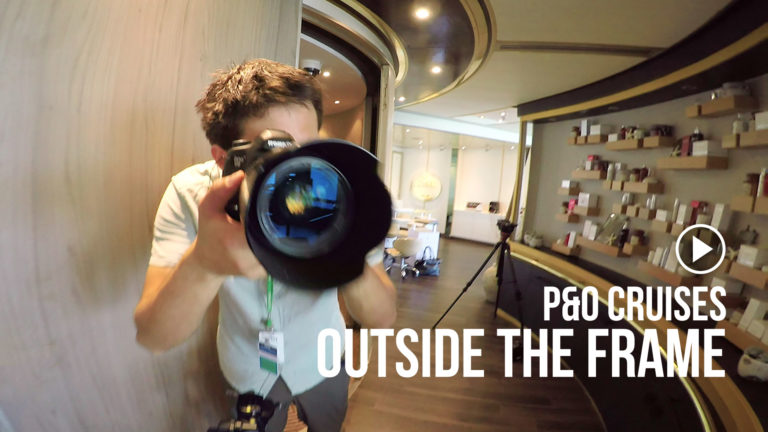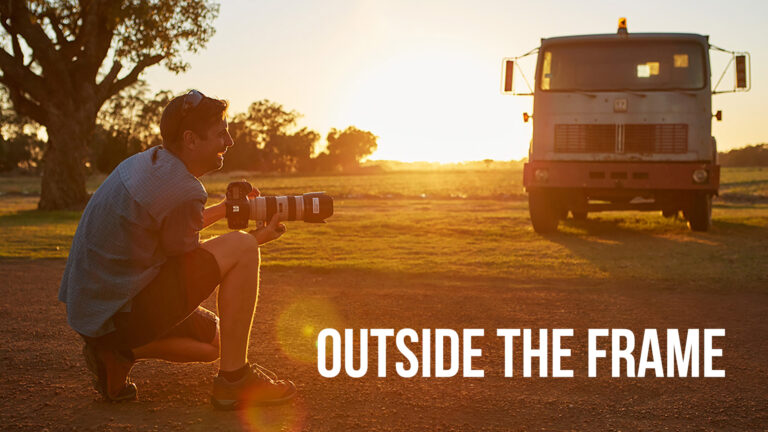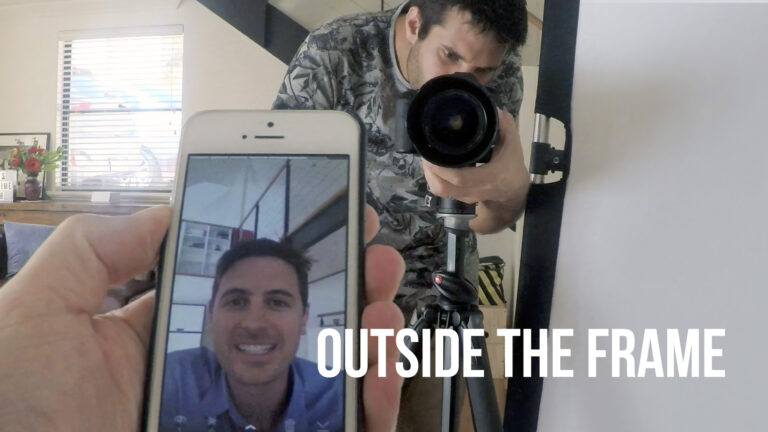Use Visual Assets with Confidence
Clarity on Your Rights
When we work together on photos or motion projects, the finished images, videos or films aren’t just files you can download and use anywhere, anytime, forever. They’re assets with creative and commercial value.
A Usage Licence is simply the written agreement that sets out how you can use those assets with confidence.
Think of it as a framework, not a barrier.
It gives you clarity on your rights, protects your investment, and makes sure the creative work behind your visuals is respected.
Why Usage Rights Matter for Photos and Videos
You want peace of mind that you can publish, promote, and share your brand and business visuals without worry. As photographers, we want to ensure the images we create are valued and used ethically in a fast-changing, AI-shaped world. A licence balances both sides.
Without a licence, things get messy. Especially when assets are shared within businesses and widely across platforms, campaigns, or even countries. With a licence, everyone knows what’s allowed and where the boundaries are.
Photographers also need clarity around licensing, as we outline here: The Importance of Copyright and Usage Licences for Commercial Photographers.
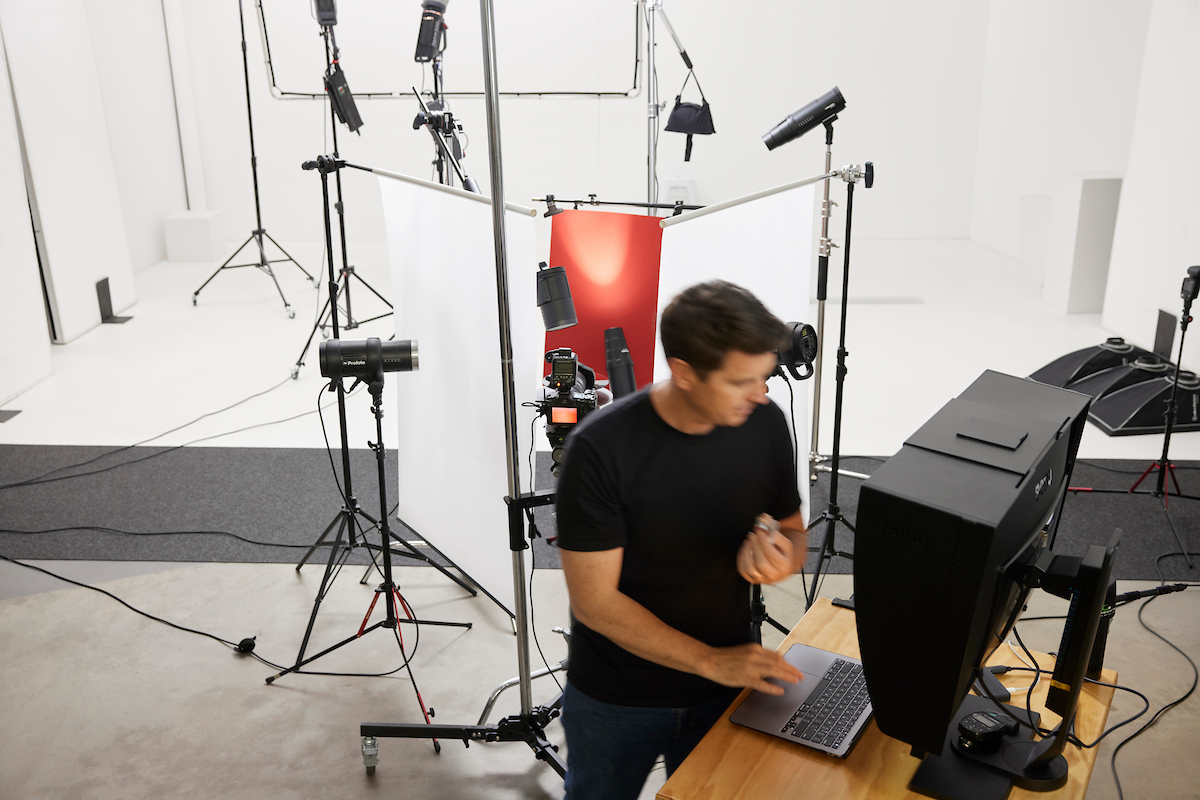
What a Licence Covers
Every price quote from Sum Effect includes a usage licence. It’s about matching the scale of use, to the scale of value.
A licence sets out:
- Where you can use the assets (geographic territory)
- How long you can use them (duration)
- What formats you can use them in (digital, print, packaging, etc.)
- How many assets and placements are included
- Usage and whether it is non-exclusive or exclusive to your business, or can be extended
- Copyright ensures photographers decide how their work is used and be fairly rewarded for the value it brings. It protects the created photos, videos and films from being used without permission
- Attribution / Credit is a moral right under law for photographers which means they’re entitled to be credited for their work, and their work is treated with respect.
Common Types of Usage
Here are some common examples of use across our client base:
- Packaging is where images are printed directly on retail packaging.
- E-Commerce is when images are used in online platforms where products or services are sold.
- Catalogue is when images appear in a printed brochure, booklet, or pamphlet to promote products.
- Collateral is when your business produces or controls media (and are not paying for placement of the image assets), such as a website, blog, social channels, reports, and brochures.
- Publicity is when you submit imagery assets to third-party publications for editorial use without paying for placement.
- Advertising is when you pay for placement, whether that is for socials, web, print, out-of-home (OOH), or broadcast.
- Display is when you use the images themselves as the product, on merchandise or in public/private displays.
We also use terms like Consumer vs. Trade to help us describe image use, which defines whether your target audience is the general public or a specific professional group.
Some projects even call for Unlimited Use, where every possible media use is included.
Responsible and Restricted Use
We provide these guidelines to our clients to help protect from accidental misuse, and to preserve the integrity of our creative work.
Responsible use
Our expectation is you’ll use the assets in lawful, positive, and respectful ways.
You’re welcome to crop images (without significantly changing their composition) and to add text or graphic overlays, as long as these additions don’t distort or misrepresent the original image.
Restricted use
As commercial photographers, we seek to protect the integrity of our work by setting clear limits.
What this means in practice:
- You can’t alter, edit, retouch, or manipulate the assets beyond application of overlays.
- You can’t create derivative works or claim joint ownership by incorporating the assets into other concepts.
- You can’t resell or redistribute assets as standalone files, or package them into a library or collection.
- You can’t use the assets in merchandise, NFTs, or resale products, whether physical or digital.
- You can’t use the assets in machine learning, generative AI, training datasets, or biometric technology.
- You can’t incorporate the assets into a logo, trademark, or corporate identity.
- You can’t use the assets for endorsements, sponsorships, or affiliations with third-party products, services, or organisations.
Simply in regards to AI, our deliverables not approved for AI use and/or AI training.
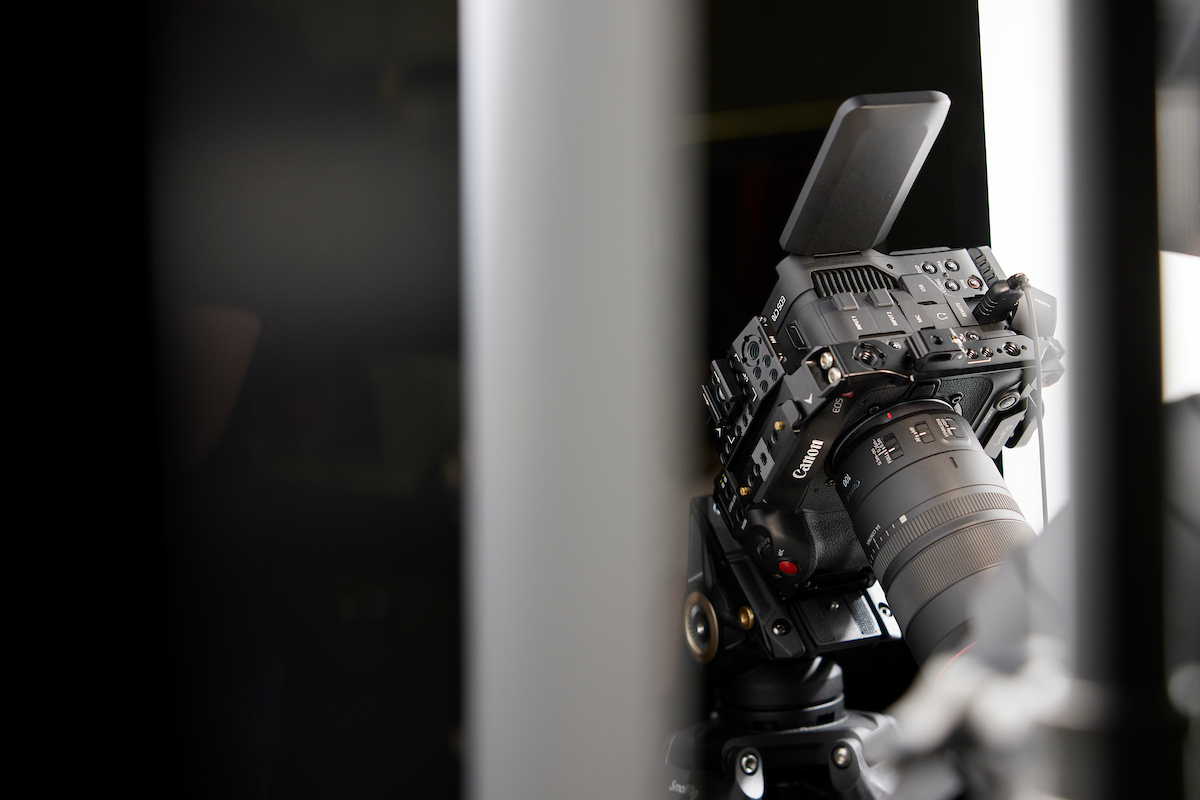
Copyright and Attribution Explained
Copyright
Copyright ownership means assets created by us as a commercial photography business, and the associated legal property rights to those assets, remain the property of Sum Effect / Matt Reed as the creator.
What this means in practice:
Commercial photographers are the legal copyright holder, and provide a licence to you with the rights you need to use the assets in the ways agreed. Those rights activate once your invoice is paid in full.
We also retain the right to use the work to show what we do (for example, on our website, social channels, portfolio, or award submissions). To respect your business, we only do this after you’ve first used the assets, or after 12 months if they haven’t yet been published.
Copyright “buy out” is possible. It’s a property sale, and can be negotiated separately at an additional fee. It’s an expensive way for businesses to acquire imagery.
If you’d like to go deeper into the ownership side, see: Photography Ownership: Why You Don’t Own Your Brand’s Photos and Why That’s a Good Thing.
Attribution
Moral rights protect a commercial photographers’ personal connection to their work. Under law a photographer requires proper credit or attribution whenever and wherever imagery is used, even if the creator no longer owns the copyright.
These rights are only malleable with a photographer’s consent. Most commercial photographers decide exactly where and when they require attribution/credit. For example, we require attribution/credit for Social Media and Publicity use. You must include: © Sum Effect / Matt Reed alongside published images and/or tag @sumeffectstudio.
What this means in practice:
If your business uses socials, then when you use an image you credit. There are a number of ways to do this: you can do a mention in the post text, tag us in a post, or tag & credit. All these forms are great.
We you have asked for Publicity use and send images to a third-party (media, publishers, or industry outlets), they need to carry our credit line at a minimum. Like here on the Margaret River Region website. This is a standard way of acknowledging the photographer’s role, and ensures the images are properly attributed when used beyond your own channels.
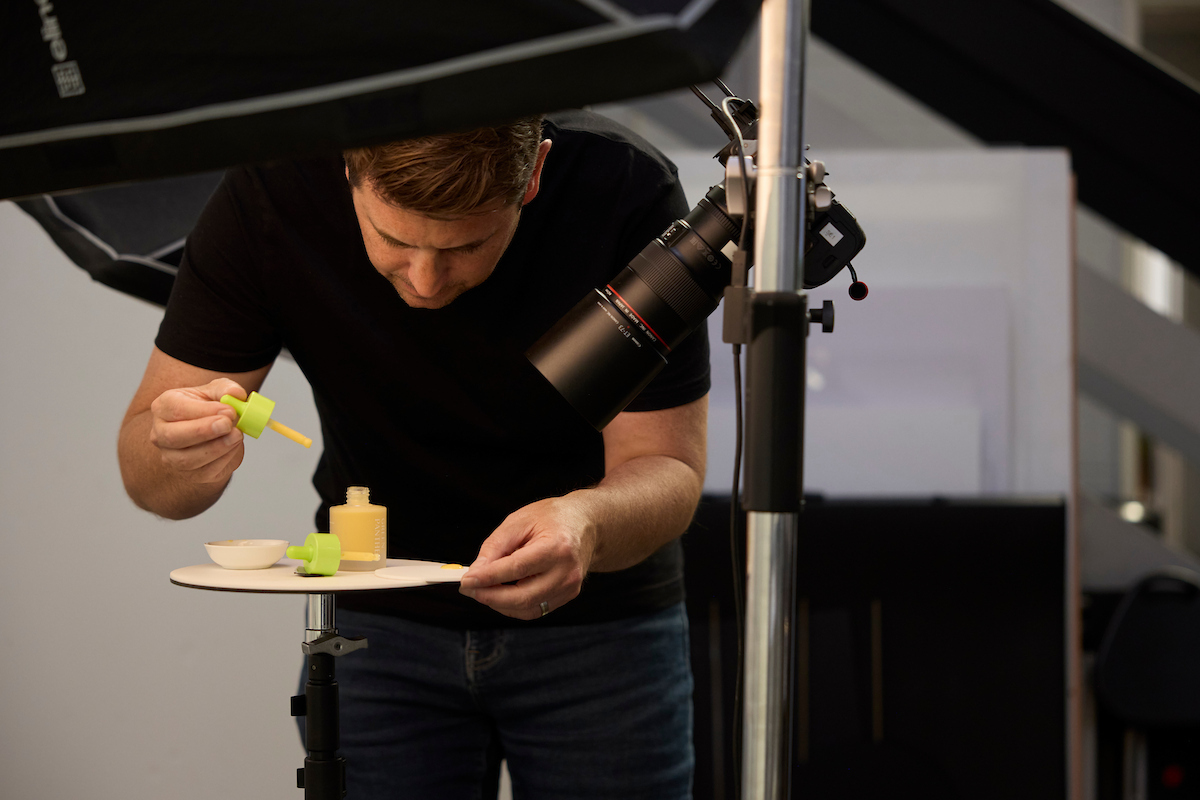
How We Work with You
Licensing can sound complicated, but we keep it practical. Our process is simple:
- We start with you – who you are, what the assets are, and how you intend to use them.
- We assess value – matching the scope of use with a fair fee.
- We put it in writing – clear terms that protect both your business and the creative work.
If your needs change, the licence can grow with you. We can expand or extend usage, or re-license existing assets for new campaigns.
Why Usage Rights Matter in Today’s Market
In today’s market, images move faster and further than ever before. Technology and AI have blurred the lines around ownership and ethics.
A usage licence keeps things clear and grounded. It’s a safeguard that ensures your business has the rights it needs, while valuing the work that goes into creating the visuals that tell your story.
In Short: Usage Rights Give You Confidence
A Usage Licence is there to give you confidence, not red tape. It’s how we protect your investment, respect creative work, and keep everything clear in a shifting digital world.
References
Artist Management Association (AMA). (n.d.). Usage. https://artistmanagementassociation.org/usage
Copyright Agency. (n.d.). About Copyright. https://www.copyright.com.au/about-copyright/
Copyright Agency. (n.d.). Moral Rights. https://www.copyright.com.au/about-copyright/moral-rights/
Image Makers Association Australia (IMAA). (n.d.). Resources. https://www.imagemakersassociation.com.au/resources

